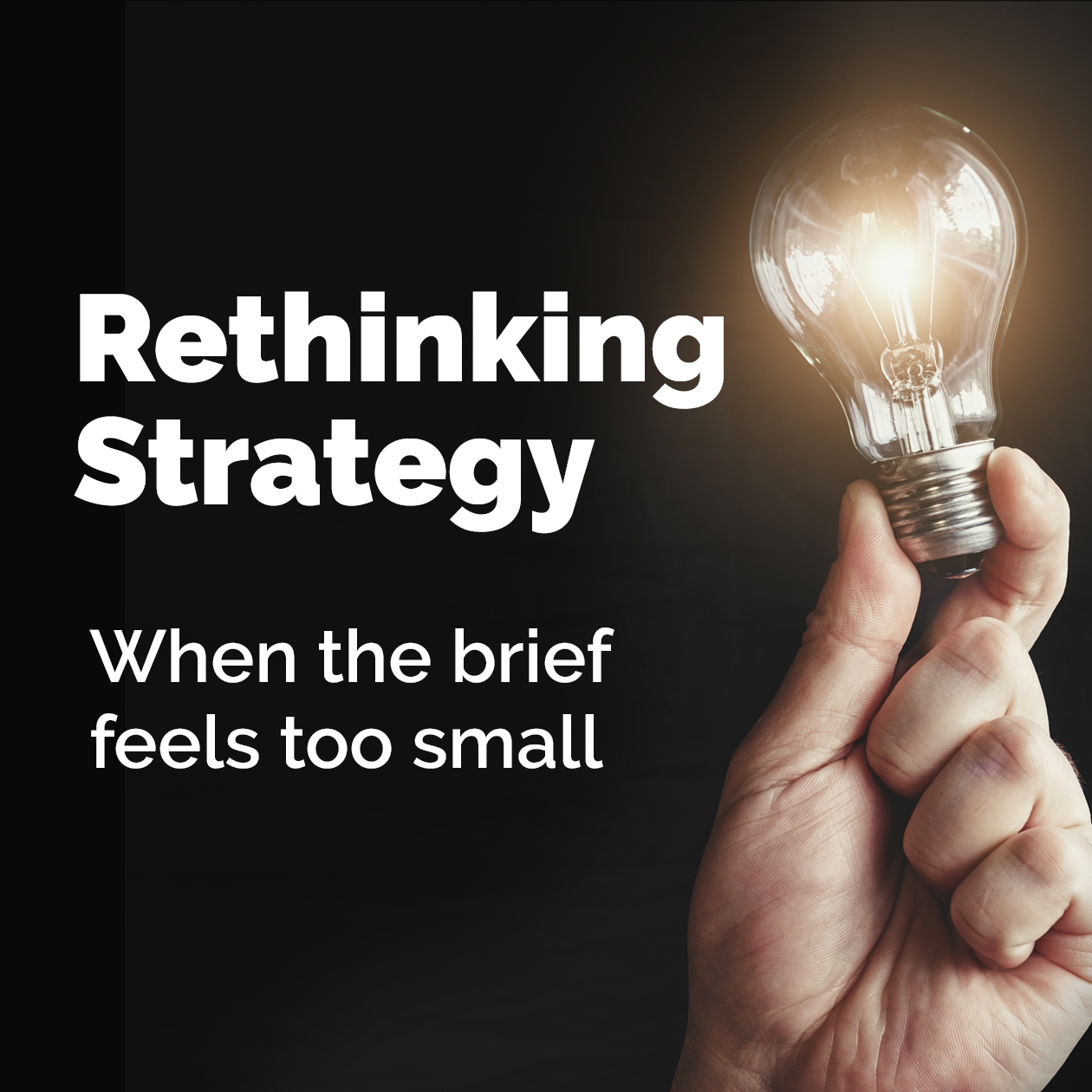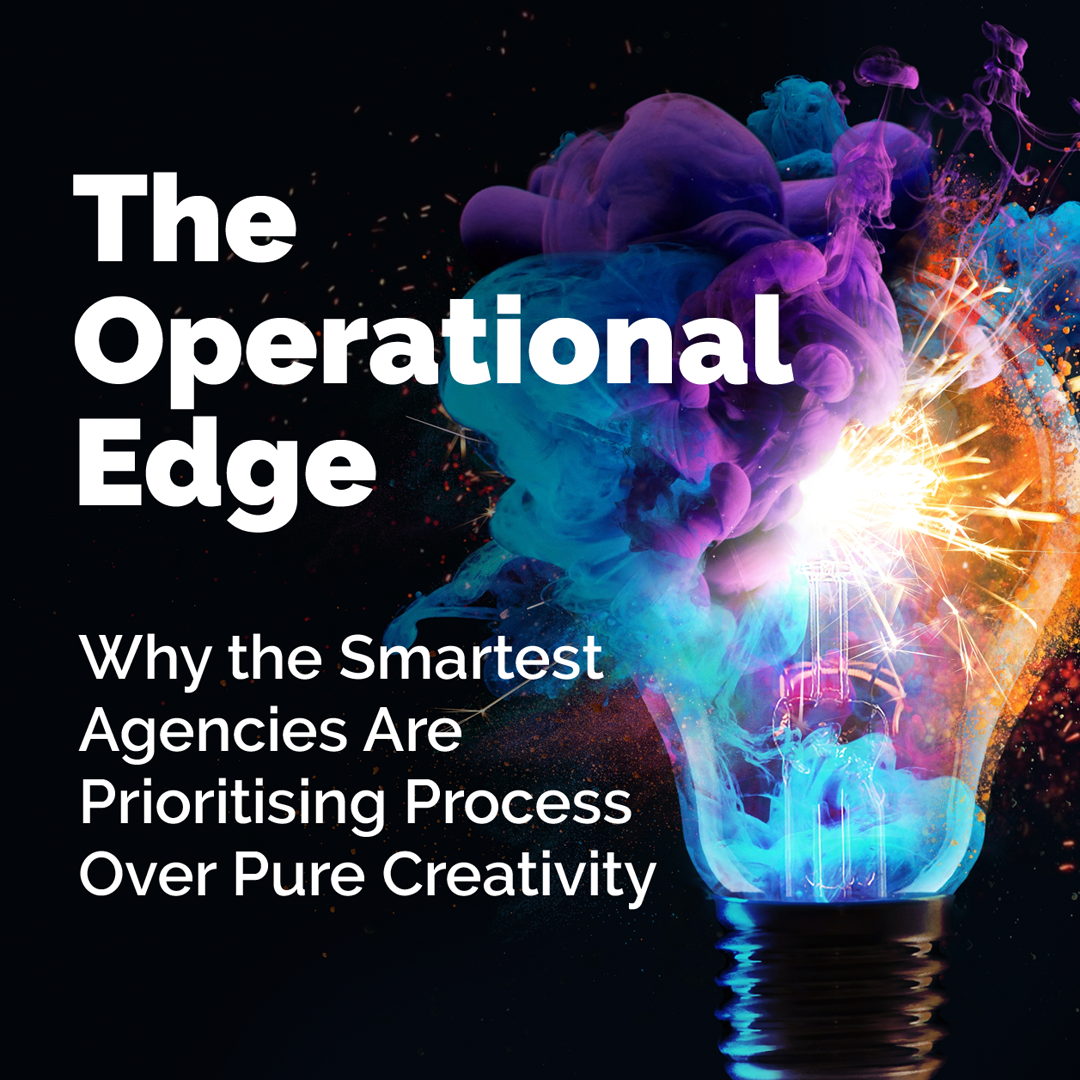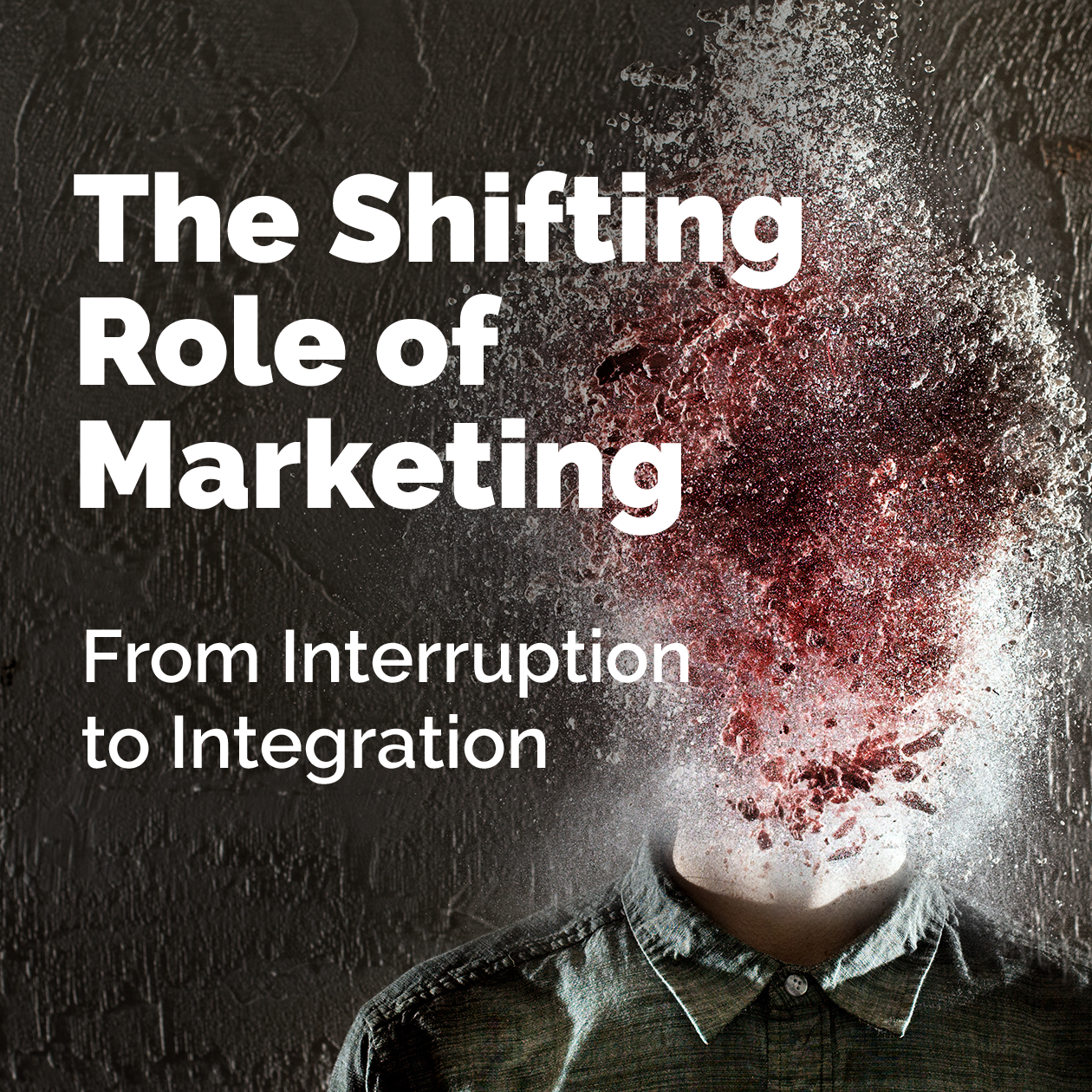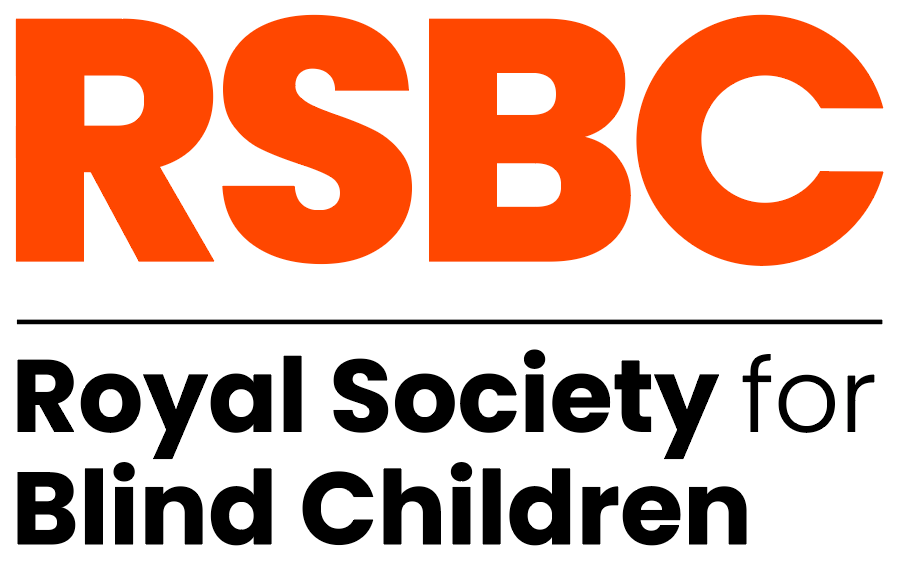The Future of Asset Creation: Automation vs. The Human Touch
The Future of Asset Creation: Automation vs. The Human Touch
The asset creation industry is undergoing a transformative shift with the rapid integration of automation. AI-powered design tools, templated content systems, and algorithm-driven creative processes have revolutionised production speed and cost-effectiveness. However, this raises crucial concerns about the sustainability of such automation—are efficiency and scalability coming at the expense of originality and quality?
This thought article explores the balance between automation and human creativity, highlighting the strengths, limitations, and potential of a hybrid approach that leverages technology without compromising artistic integrity.
Introduction
The proliferation of artificial intelligence and machine learning has led to an unprecedented acceleration in digital asset creation. From graphic design to copywriting, automated tools can generate high-quality content in seconds, reducing the need for extensive human input. This evolution presents both opportunities and challenges: while automation streamlines workflows and reduces costs, it also introduces concerns regarding authenticity, creativity, and the overall impact on industries that have traditionally relied on human ingenuity.
The Role of Automation in Asset Creation
Automation in asset creation takes many forms, including:
- Templated Content Generation: Platforms like Canva and Adobe Express enable users to create designs using predefined templates, lowering the barrier to professional-quality visuals.
- AI-Powered Design Tools: Systems like Midjourney and DALL·E can generate complex digital art based on textual input, significantly reducing production time.
- Automated Copywriting: AI-driven language models such as ChatGPT and Jasper can draft articles, advertisements, and social media posts within seconds.
- Algorithm-Driven Video and Audio Editing: AI tools like Runway ML and Descript enhance video and audio production, simplifying editing processes.
These innovations provide businesses and creatives with cost-effective and scalable solutions, but they also raise concerns about homogenisation, originality, and ethical considerations regarding authorship.
The Human Touch: Creativity, Context, and Emotion
While automation offers efficiency, it often lacks the depth, nuance, and cultural sensitivity that human creators bring to the table. Key areas where human involvement remains essential include:
- Originality and Artistic Expression: AI-generated content often relies on pre-existing patterns, making it difficult to produce genuinely novel ideas.
- Emotional and Contextual Awareness: Understanding tone, subtext, and cultural nuance is critical in storytelling, branding, and marketing—an area where AI still falls short.
- Ethical Considerations and Brand Voice: Businesses must ensure that automated content aligns with their values and messaging, requiring human oversight.
- Complex Problem-Solving: Creative problem-solving often requires intuition, strategic thinking, and adaptability—skills that AI currently lacks.
Challenges of a Fully Automated Approach
Relying solely on automation for asset creation presents several risks:
- Loss of Authenticity: Over-reliance on templated designs and AI-generated content can make brands indistinguishable from competitors.
- Intellectual Property Issues: Questions regarding copyright and ownership arise when AI generates content based on existing works.
- Bias in AI Models: AI algorithms can reinforce biases present in their training data, leading to ethical dilemmas.
- Job Displacement: The increased use of automation in creative fields raises concerns about reduced employment opportunities for designers, writers, and artists.
The Future: A Hybrid Approach
To maximise the benefits of automation while preserving creative integrity, businesses should adopt a hybrid model that combines AI efficiency with human expertise:
- AI as a Creative Partner: Instead of replacing human creators, AI can be used as a tool to enhance ideation, automate repetitive tasks, and provide inspiration.
- Human Oversight and Curation: Professionals should refine, adapt, and contextualise AI-generated content to ensure it aligns with brand identity and artistic vision.
- Ethical AI Implementation: Transparent AI use, with clear attribution and human review, ensures ethical content creation practices.
- Upskilling and Collaboration: Investing in training and tools that empower creators to work alongside AI fosters innovation rather than displacement.
Conclusion
Automation is reshaping the asset creation industry, offering new levels of efficiency and scalability. However, the true potential of this technology lies not in replacing human creativity but in augmenting it. By adopting a balanced approach that leverages both automation and human ingenuity, businesses and creators can ensure the future of asset creation remains dynamic, original, and ethically sound.
News & Blog








